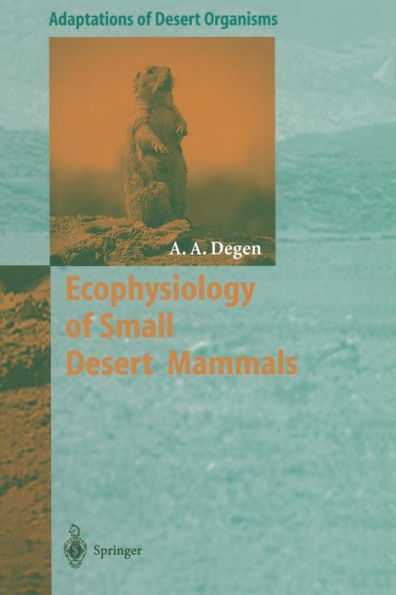5
1

Ecophysiology of Small Desert Mammals
296
Ecophysiology of Small Desert Mammals
296Paperback(Softcover reprint of the original 1st ed. 1997)
$109.99
109.99
In Stock

Product Details
| ISBN-13: | 9783642643668 |
|---|---|
| Publisher: | Springer Berlin Heidelberg |
| Publication date: | 09/22/2011 |
| Series: | Adaptations of Desert Organisms |
| Edition description: | Softcover reprint of the original 1st ed. 1997 |
| Pages: | 296 |
| Product dimensions: | 6.10(w) x 9.25(h) x 0.03(d) |
From the B&N Reads Blog
